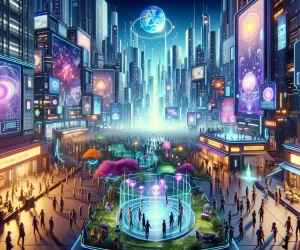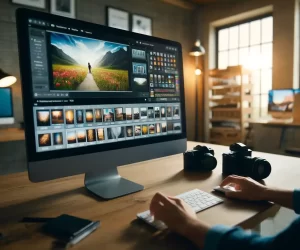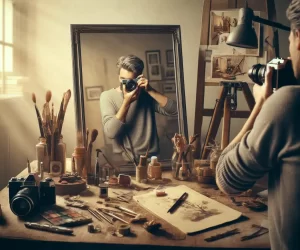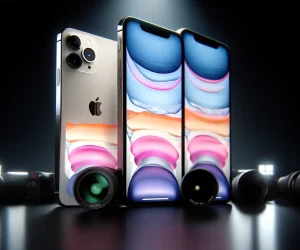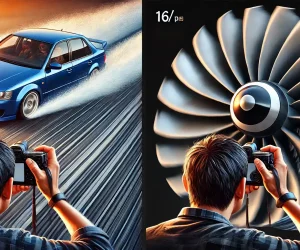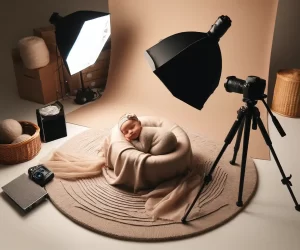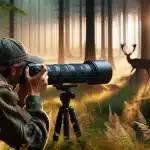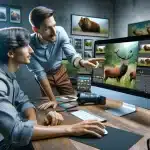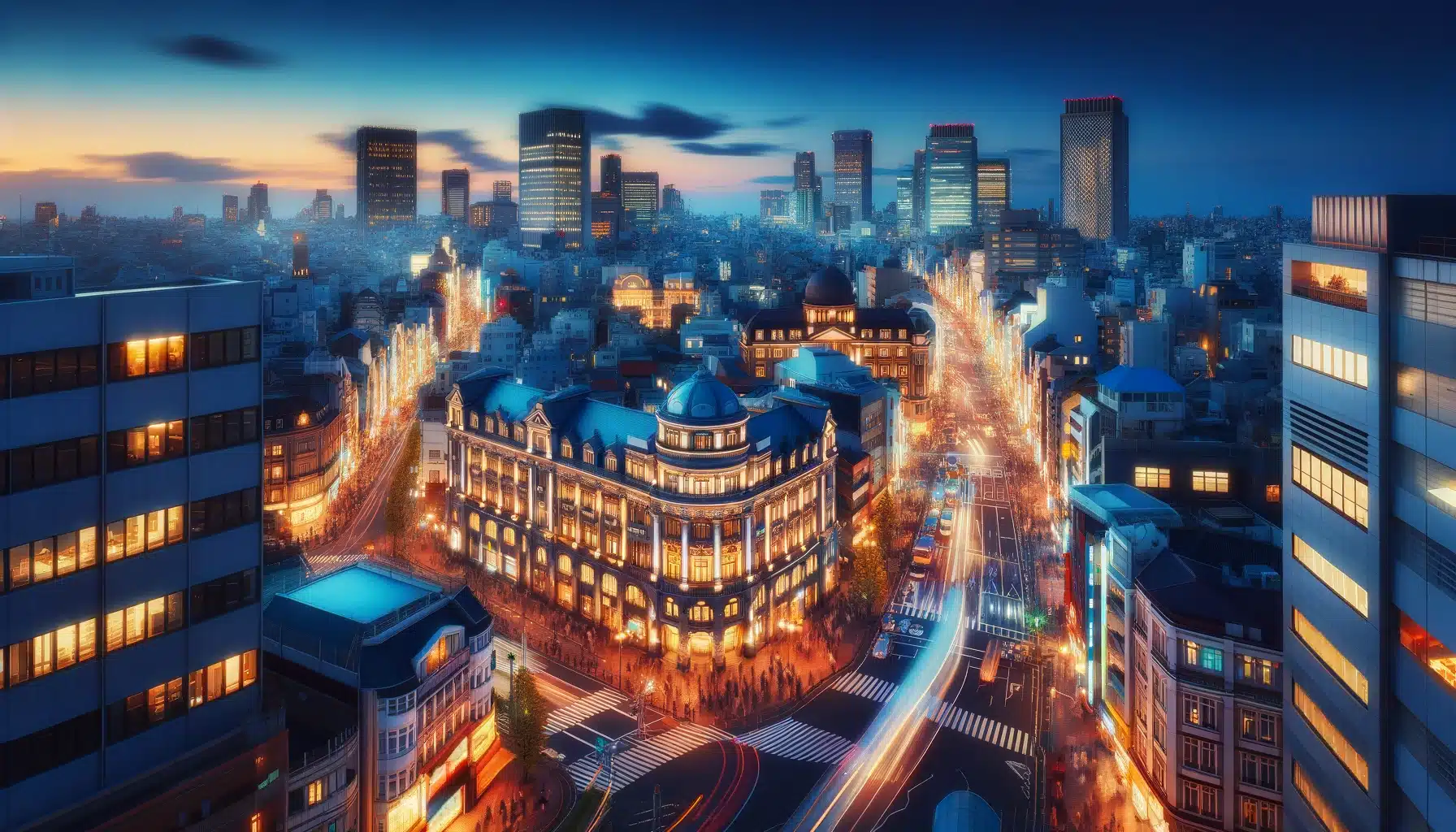
Urban landscape photography, a genre that brilliantly merges the pulsating energy of city life with the serene aesthetics of nature, offers photographers a canvas of endless possibilities. Navigating through the urban jungle, from towering skyscrapers to hidden alleyways, photographers capture the essence of the city’s soul, one frame at a time. This guide is packed with essential tips for urban landscape photography, designed to empower you with the knowledge and skills to transform ordinary city scenes into extraordinary works of art.
As we delve into the world of urban landscapes, we’ll explore the dynamics of street and city photography, unravel the complexities of brightness and shadow, and decode the intricacies of composition and perspective. Whether you’re a seasoned photographer or just starting, these tips will enhance your urban photographic journey, helping you to not only capture images but to narrate the urban tale through your lens.
Table of Contents
Essential Gear for Urban Landscape Photography
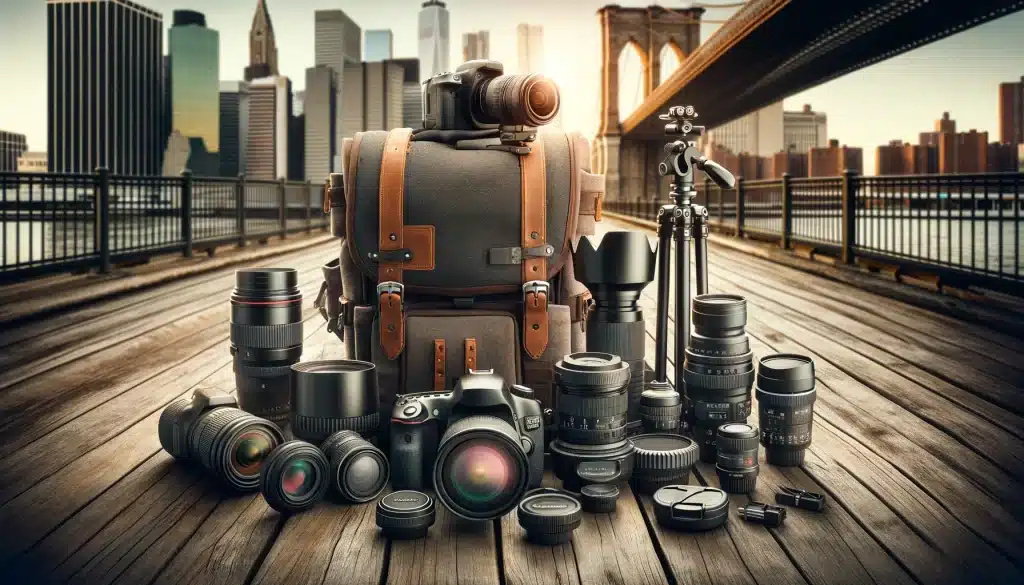
Urban landscape photography captures the essence and beauty of city environments. To excel in this genre, having the right gear is essential. Let’s explore the equipment you’ll need to capture the urban landscape effectively.
As we delve into the world of urban landscapes, we’ll explore the dynamics of street and city photography, unravel the complexities of brightness and shadow, and decode the intricacies of composition and perspective. Whether you’re a seasoned photographer or just starting, these tips will enhance your urban photographic journey, helping you to not only capture images but to narrate the urban tale through your lens.
Choosing the Right Camera and Lenses
- Camera Body: Opt for cameras that offer high resolution and dynamic range to capture the finest details of the urban landscape. Mirrorless cameras like the Sony A7R IV, Nikon Z7 II, and Canon EOS R5 are popular for their high-resolution sensors and weather-sealing features, perfect for the varying conditions of outdoor photography.
- Lenses: A mix of wide-angle and telephoto lenses is ideal. Wide-angle lenses help capture expansive cityscapes, while telephoto lenses are great for zooming in on distant architectural details. Quality lenses with a wide aperture can significantly enhance photo sharpness, especially in low-brightness conditions.
Tripods and Stabilization
- A sturdy tripod is non-negotiable for sharp, clear images, especially during long exposures or when shooting in low brightness. Consider lightweight and portable tripods that are easy to carry around the urban landscape.
Filters for Enhanced Imaging
- Polarizing Filters: Reduce reflections and enhance the colors in your shots, making skies bluer and reducing glare from reflective surfaces.
- Neutral Density (ND) Filters: Allow for longer exposure times, helping to blur movement and make a sense of motion in bustling city scenes.
- Graduated Neutral Density (GND) Filters: Balance the exposure between the bright sky and darker land or cityscape. This will be perfect for sunrise or sunset scenes.
Essential Accessories
- Camera Bag: A durable and comfortable backpack for your cameras like the Wandrd Prvke or Gura Gear Kiboko V2.0 can protect your gear and make it easier to carry everything you need for a day of the shoot.
- Extra Batteries and Memory Cards: Always carry spares to avoid running out of power or storage at critical moments.
- Remote Shutter Release: Prevent camera shake and ensure sharp images by avoiding physical contact with the cameras during exposure.
Protective Gear
- Weather Protection: Since urban photography often involves exposure to various elements, weather-sealed camera bodies and lenses, as well as rain covers for your gear, are advisable.
- Cleaning Tools: Keep a microfiber cloth on hand to clean your lens and filters from dust or moisture without scratching them.
Tips for Urban Landscape Photography: Rules for Composing Urban Landscapes
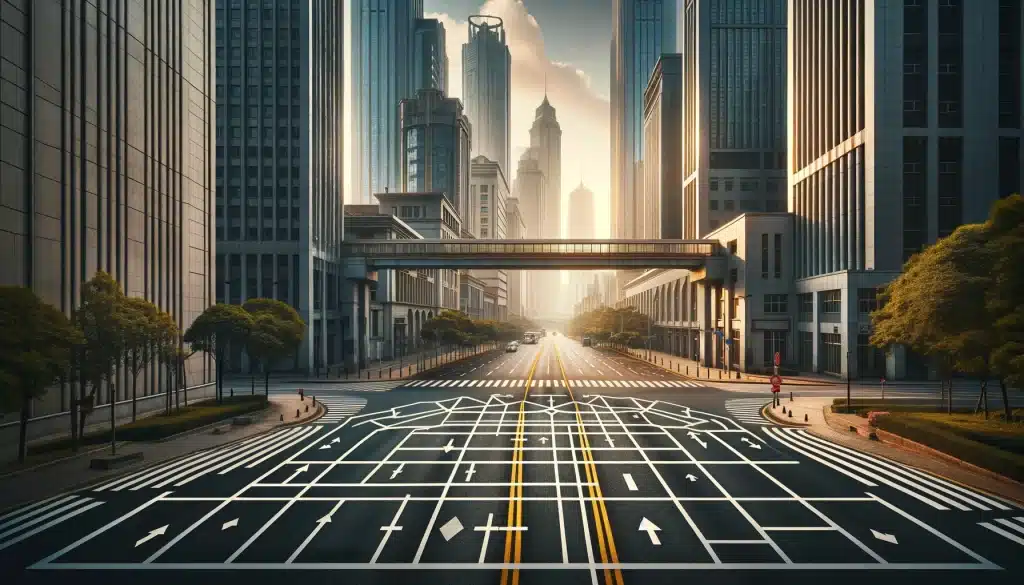
Managing the composition of one of the major tips for urban landscape photography. This is so because it plays a pivotal role in capturing the essence of cityscapes.
Here are some golden rules and techniques to enhance your urban landscape compositions:
Utilize the Rule of Thirds
The Rule of Thirds is a fundamental composition principle in photography. By dividing your frame into a 3×3 grid and placing the points of interest along these lines or their intersections, you can make a balanced and visually appealing image. This technique helps in positioning significant elements, like buildings or streets, to guide the viewer’s eye through the photograph.
Embrace the Golden Ratio and Spiral
The Golden Ratio, a mathematical concept found in nature and art, suggests that images with elements positioned according to this ratio are more aesthetically pleasing. The Golden Spiral, derived from the Golden Ratio, guides the placement of focal points in a spiral path, leading the viewer’s eye smoothly through the image. When composing urban landscapes, you can align architectural elements or street patterns along the spiral to make a sense of movement and depth.
Incorporate Lead-in Lines and Diagonals
Lead-in lines and diagonals are powerful compositional tools that draw the viewer’s eye into the scene, adding depth and perspective. In urban environments, these lines can be formed by streets, pathways, bridges, or architectural features, guiding the viewer’s attention towards the main subject or deeper into the landscape.
Explore Layers and Framing
Lead-in lines and diagonals are powerful compositional tools that draw the viewer’s eye into the scene, adding depth and perspective. In urban environments, these lines can be formed by streets, pathways, bridges, or architectural features, guiding the viewer’s attention towards the main subject or deeper into the landscape.
Experiment with Different Perspectives
Changing your viewpoint can dramatically alter the composition of your urban landscape photos. Getting low, trying to shoot from a high vantage point, or finding an unconventional angle can reveal unique aspects of the city and make more engaging images. This approach not only provides fresh perspectives but also helps in highlighting the urban environment’s diverse textures and patterns.
Focus on Symmetry and Geometry
Urban landscapes are filled with geometric patterns and symmetrical designs, from the layout of city blocks to the architecture of buildings. Utilizing these elements in your composition can add a sense of order and balance to your photos. Symmetry, in particular, can make a harmonious and visually striking image, especially when reflected in water bodies or glass facades.
Tips for Urban Landscape Photography: Mastering Light and Shadow
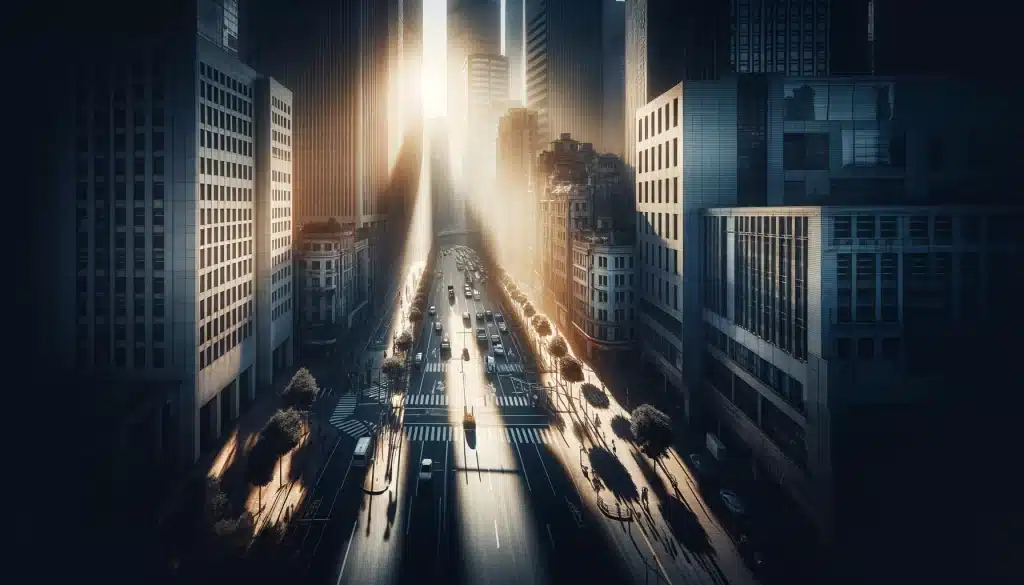
In urban landscape photography, mastering brightness and shadow is crucial to capturing the city’s essence and energy. Here are some strategies and tips to help you harness brightness and shadow for more dynamic and compelling urban landscapes.
Understanding Light Dynamics
- Golden and Blue Hours: Capitalize on the soft, warm brightness during golden hour for illuminating cityscapes beautifully. The blue hour provides a cool, serene brightness that can give urban scenes a futuristic view without a white feel.
- Harsh Sunlight: While often avoided, harsh sunlight can make strong contrasts and emphasize textures in the urban environment. Use it to your advantage to capture the dramatic interplay between brightness and shadow.
Utilizing Shadows Creatively
- Spot Metering: To manage extreme contrasts, use spot metering to expose for the highlights, allowing shadows to add depth and form to your images. This can help avoid losing detail in bright areas while preserving the richness of shadows.
- Chiaroscuro and Rembrandt Lighting: Borrow techniques from painting, like chiaroscuro, to enhance the three-dimensional feel of your photographs by emphasizing the contrast between brightness and dark. Rembrandt lighting, characterized by its use of shadow to make depth, can be particularly effective in urban portraits or architectural details.
Working with Artificial Brightness
- Street and Neon Lights: After dark, city lights offer a new palette for photography. Street lights and neon signs can provide interesting shadows and highlights, adding mood and narrative to your urban scenes. Experiment with these brightness sources to capture the city's nightlife and energy.
Manipulating Light and Shadow
- Direction and Quality of Brightness: The direction from which brightness hits your subject can dramatically alter the mood and story of your image. Side lighting can reveal textures and shapes, while backlighting can create silhouettes or glowing edges around subjects.
- Shadows as Compositional Elements: Use shadows to lead the viewer’s eye through the frame or to add layers of interest and mystery to your photographs. Shadows can act as leading lines or frame elements within the urban landscape, adding a layer of complexity and intrigue.
Tips for Urban Landscape Photography: Post-Processing Techniques
- Enhancing Contrast: In post-processing, play with contrast and exposure to further define the relationship between brightness and shadow. Enhancing shadows and highlights can bring out the drama in urban landscapes, making the scenes more compelling.
Advanced Techniques for Urban Landscape Photography
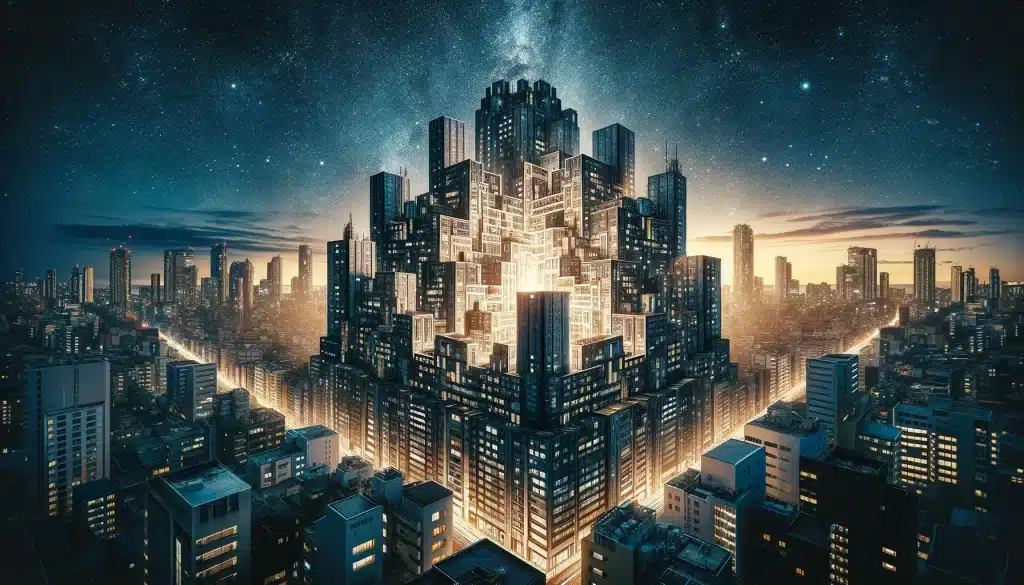
To excel in urban landscape photography, incorporating advanced techniques can significantly elevate your work, creating captivating photos that stand out. Here’s how you can push your urban landscape photography to the next level:
Experiment with Framing and Lighting
- Framing: Use elements like doorways or windows to frame your shots, drawing attention to the subject and enhancing the composition.
- Lighting: Understand the lighting in your scene. Avoid overexposing bright areas. It’s often better to slightly underexpose and then adjust the shadows in post-processing to preserve detail.
Tips for Urban Landscape Photography: Embrace Repetition and New Perspectives
- Repetition: Look for patterns or repeating elements in the modern environment. These can make striking shots, especially when you find a way to disrupt the pattern, leading the viewer's eye to a focal point.
- New Perspectives: Challenge yourself to find unique angles and viewpoints. Try to shoot from high vantage points like rooftops or parking garages, or go low for a worm’s eye view.
Master the Night and Explore Abandoned Places
- Night Photography: Modern landscapes transform at night. Use long exposures to capture brightness trails and the city’s glow. Experiment with different shutter speeds to capture the movement of lights and people.
- Abandoned Venues: Discover the allure of urban decay by photographing abandoned sites. These locations can offer surreal, time-stamped visuals that are rich in narrative.
Utilize Advanced Equipment and Techniques
- Professional Gear: Invest in DSLR or mirrorless cameras to take advantage of its high dynamic range and low-brightness capabilities. Different lenses can offer varied perspectives, from wide-angle cityscapes to telephoto details.
- Astrophotography: For a unique take on modern landscape photography, try capturing the cityscape against the backdrop of stars or the Milky Way. This requires specific camera settings and techniques different from daytime photography.
Continuous Learning and Application
- Storytelling: Develop the skill of storytelling through your images. Engage with the environment and the people within it to capture photos that narrate the modern experience.
- Post-Processing Mastery: Enhance your images through careful editing, using tools like Lightroom and Photoshop to adjust lighting, color, and detail, bringing out the best in your modern landscapes.
Post-Processing Tips for Urban Landscape Photography
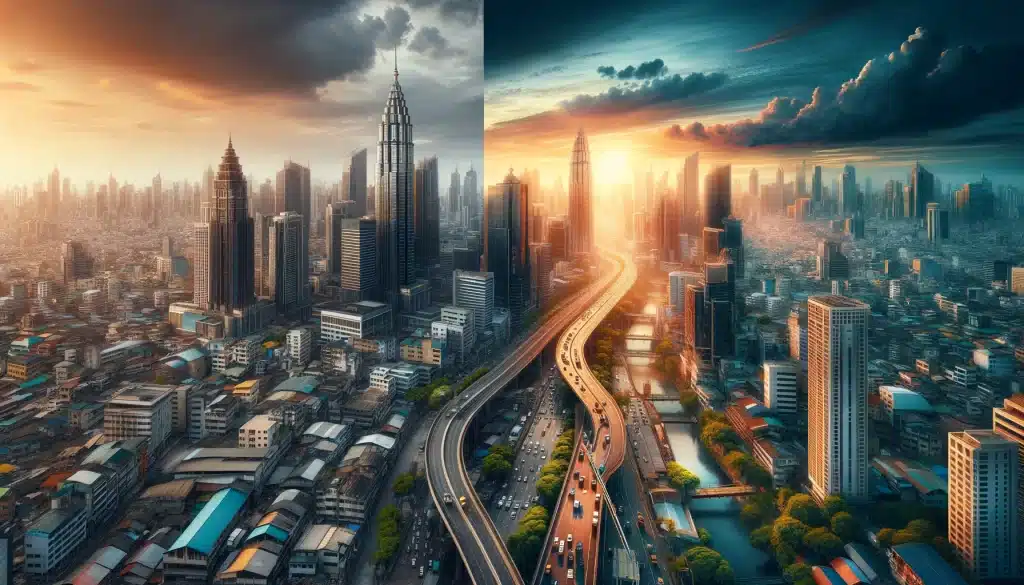
To elevate your urban landscape photographs, effective post-processing techniques are essential. Here’s how you can enhance your images in the digital darkroom:
Urban Landscape Photography Tips: Enhance Composition and Details
- Cropping for Composition: Use the crop tool to improve composition, adhering to the rule of thirds or golden ratio to guide the viewer’s eye effectively.
- Detail Enhancement: Sharpen your images to bring out textures and details, particularly important for modern landscapes with intricate architectural elements. Employ techniques like High Pass sharpening for refined results.
Color and Brightness Adjustments
- Color Profiles: Work with broader color profiles like Adobe RGB during editing for richer color rendition, only converting to sRGB for web outputs to maintain color fidelity.
- Lighting Effects: Add a glowing effect to highlights or reflective surfaces to enhance atmospheric qualities in the photo. Experiment with blending modes like Soft Light or Screen to achieve the desired glow.
Creating Mood with Filters and Effects
- Orton Effect: For a dreamy, ethereal view, apply the Orton effect, which blends a sharp photo with a blurred version to create a glowing ambiance. This effect works well for creating a magical feel in modern night scenes or highlighting brightness sources like streetlamps and neon signs.
- Style and Filters: Develop a unique style by experimenting with different filters and adjustments in Lightroom or Photoshop. Crushed blacks, enhanced highlights, and selective color adjustments can produce a distinct modern gritty view. Creating presets based on these adjustments allows for consistent style application across multiple images.
Utilizing Advanced Techniques
- Sky Replacement and Gradient Masks: Use gradient masks to blend exposures for dynamic range extension or to replace skies in modern landscapes. This technique allows for seamless integration of different elements in the image and reduces overly white look.
- Noise Reduction and Sharpening: Manage noise effectively, especially in low-brightness modern scenes. Use detail enhancers and sharpening tools judiciously to maintain image quality without introducing artifacts.
Post-processing is not just about correction but also about creative expression. By utilizing these techniques, you can transform your urban landscape photos into captivating pieces of art that convey the mood, texture, and dynamism of the modern environment.
Common Challenges in Urban Landscape Photography and Solutions
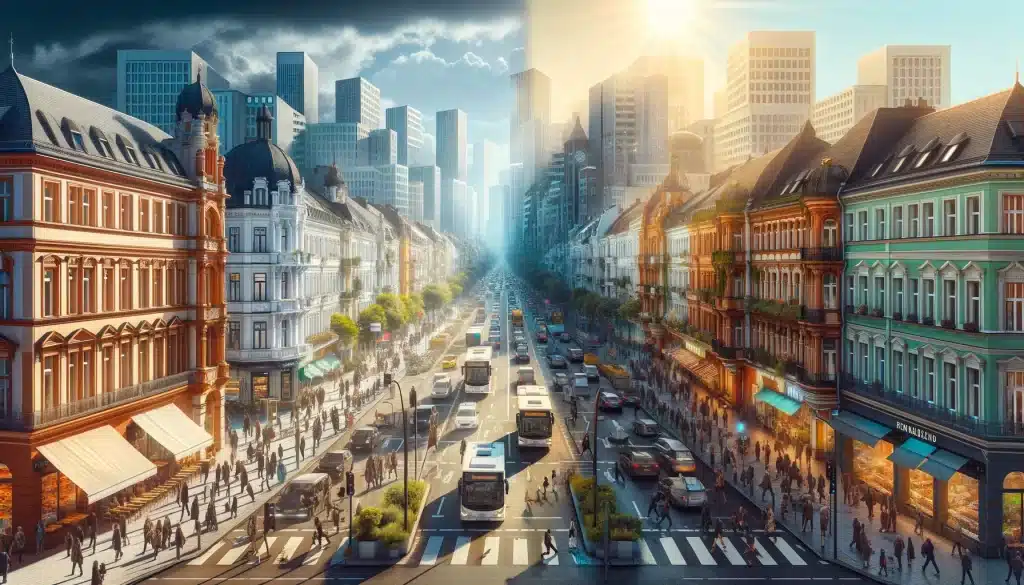
Urban landscape photography can be challenging, yet rewarding. Here’s how to tackle common issues and improve your shots:
Dealing with Limited Vantage Points
- Challenge: Finding unique angles in a crowded cityscape can be tough.
- Solution: Explore higher perspectives like rooftops or parking garages. These locations will offer expansive views and help you avoid the typical street-level shots.
Managing Brightness in Urban Environments
- Challenge: Urban landscapes often feature a mix of shadows and bright lights, making exposure tricky.
- Solution: Shoot during the golden or blue hours for softer brightness. Utilize long exposures at night to capture dynamic brightness trails and city glow.
Capturing the Essence of the Urban Scene
- Challenge: Conveying the bustling energy of city life in a still photograph.
- Solution: Don’t just shoot for the sake of it. Rather, engage with the scene. View for moments that encapsulate the urban experience, from people interacting in public spaces to the juxtaposition of historic and modern architecture.
Navigating Busy and Chaotic Scenes
- Challenge: Urban landscapes are often cluttered with people, making it hard to make a focused composition.
- Solution: Use leading lines and repetition to guide the viewer’s eye. Look for patterns or elements that can frame your main subject and add structure to your composition.
Dealing with Weather and Environmental Conditions
- Challenge: Urban photography can be impacted by weather, pollution, and other environmental factors. This could result in an overly white photograph.
- Solution: Be adaptable and use the weather and time to your advantage. Rainy streets can add reflection and mood to night scenes, while fog can create a mysterious atmosphere. Also, consider using a polarizer to reduce glare and enhance colors.
Frequently Asked Questions about Urban Landscape Photography Tips

How do you take urban landscape photos?
To take urban landscape photos, scout for unique locations that offer a mix of iconic and lesser-known scenes. Use a sturdy tripod for sharp images, especially during long exposures at night. Experiment with different lenses to capture various perspectives, from wide angles for vast cityscapes to telephoto lenses for detailed shots of buildings. Consider the lighting conditions and plan your shoot around the golden hour for softer brightness or nighttime for dynamic city lights.
What are the 4 essentials to a landscape photo?
- Composition: Arrange elements using the rule of thirds or leading lines to guide the viewer’s eye through the scene.
- Lighting: Utilize natural brightness effectively, shooting during golden hours or using weather conditions to enhance the mood.
- Focus and Depth of Field: Use a narrow aperture (high f-stop number) to ensure everything from the foreground to the background is in focus.
- Subject and Perspective: Find a strong focal point and experiment with different viewpoints to make depth and interest.
What is the golden rule of landscape photography?
The golden rule of landscape photography is the ‘Rule of Thirds,’ where the frame is divided into a 3×3 grid. Placing the main subject at the intersection points or along these lines creates a balanced, visually pleasing image. This rule helps photographers to compose their shots with a sense of harmony and proportion, making the landscapes more engaging and aesthetically appealing.
What makes a good landscape photographer?
A good landscape photographer possesses a keen eye for composition, understands the importance of brightness, and has the patience to wait for the perfect moment. They are proficient with their camera settings, choosing the right lens and aperture for the desired effect. They also have a strong connection to the environment, showcasing its beauty and telling a story through their images. Creativity, technical skills, and a passion for the outdoors are key traits that define a great landscape photographer.
Wrapping Up Tips for Urban Landscape Photography
In my journey through urban landscape photography, I’ve found that capturing the essence of cities requires more than just technical skills; it demands an emotional connection to the scene. One evening, while shooting the lit-up façades of downtown buildings, I realized the importance of patience and perspective. Waiting for the right moment when the fading twilight perfectly balanced the artificial lights, I managed to capture a photo that embodied the vibrant energy of the city. This experience taught me that the best urban landscapes are those where timing, brightness, and composition converge to tell a compelling story.
For those eager to delve deeper into the art of urban landscape photography, I highly recommend exploring our comprehensive courses. Whether you’re looking to master the nuances of Photoshop or to enhance your Lightroom prowess, our tutorials provide the knowledge and hands-on experience to elevate your photographic skills. Join us and transform your urban explorations into stunning visual narratives.
If the ” Tips for Urban Landscape Photography ” article has helped you, then Like and Share it with your friends!
Have a nice photoshoot!
Read more about: Photography Techniques
Course
Light Effect Photoshop
Lightroom Course 2024
Adobe Photoshop Course
Photo Editing Course
Get the latest version of Photoshop & Lightroom

